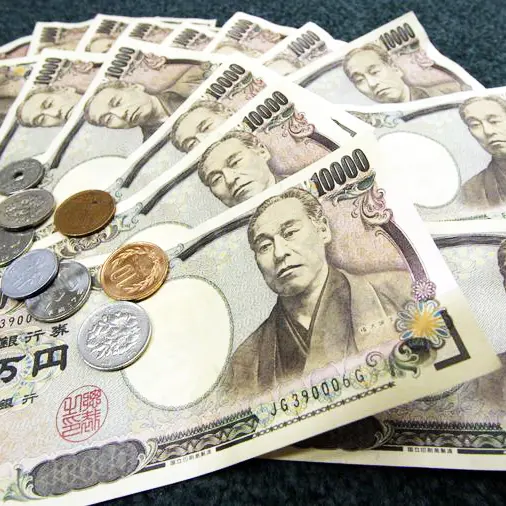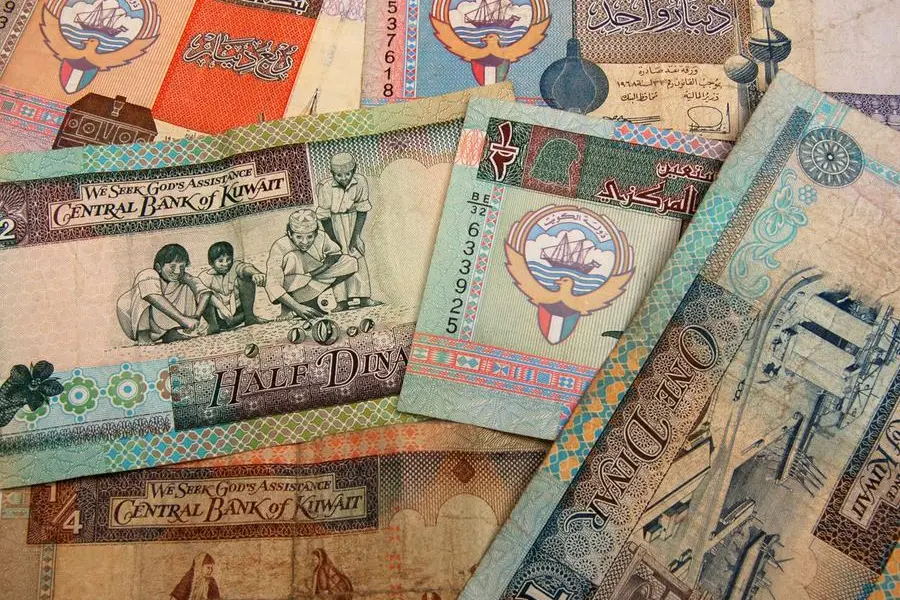The Arab Spring revolutions have, ironically, increased the levels of unemployment in the region. A revolution intended to meet the aspirations of the youth has instead resulted in more of them being unemployed.
Egypt witnessed an increase of the unemployment rate during the fourth quarter of 2011 to 12.4% of the labor force, compared to 11.9% for the same period in 2010. The unemployment rate in Morocco reached 30% of people aged between 15 and 29 years up to January 2012. Algeria had the highest unemployment rate of 22%, due to the return of most of the workers from Tunisia, Libya, Syria and Egypt; and Tunisia had an unemployment rate of 18.9% by the end of 2011.
A study by the World Bank last year stressed the need for Arab countries to have 100 million jobs by 2025, only to maintain the current unemployment levels and prevent them from increasing. The study also stated that the unemployment rates in the Arab countries ranged between 25% and 30% in 2011, and these figures are the highest in the world.
Research from the Arab Labor Organization indicates that the numbers of unemployed in the Arab countries during 2011 approached 15 million people. The current political conditions in the Arab world are expected to increase the number of unemployed persons by more than five million, exceeding the 20 million barrier for the first time.
Egypt
A report by the Central Agency for Public Mobilization and Statistics (CAPMAS) confirmed the increase of unemployment during the fourth quarter of 2011 and the unemployment rate reached 12.4% of the labor force, compared to 11.9% in the previous quarter and 8.9% in the same quarter of 2010.
The report said the size of the labor force amounted to 784.26 million individuals in the fourth quarter, an increase of 120,000, or 0.5% compared to the previous quarter. It also increased by 2.3%, or 592,000 people, compared to the same quarter of 2010.
According to CAPMAS, the male unemployment rate in urban areas during the fourth quarter amounted to 12.4%, while it was 11.7% in the third quarter last year. It also registered 7.6% during the fourth quarter of 2010.
The female unemployment rate in urban areas amounted to 29.1% during the fourth quarter of 2011, compared to 30.4% during the third quarter of the same year, while this rate reached 30.3% during the fourth quarter of 2010.
In rural areas, the male unemployment rate reached 6.6% during the fourth quarter of 2011, compared to 6.4% during the third quarter of the same year, and 2.7% during the fourth quarter of 2010. The female unemployment rate in the rural areas reached 18.8% during the fourth quarter of 2011, compared to 16.6% during the previous quarter and 1.17% during the fourth quarter of 2010.
The General Secretary of the Council of Arab Economic Unity (CAEU), Ambassador Mohammad al-Rabih, believes that the Arab Spring revolutions in Egypt, Tunisia, Libya, Yemen and Syria caused economic losses that exceeded USD 100 billion due to the decline of exports and production.
He added that unemployment in the Arab world exceeded 18%, which is one of the most important economic challenges that require attention and serious treatment because the majority of the unemployed are of the youth and university graduates. The unemployment rate among Arab university graduates exceeds 17 million people.
CAPMAS said the unemployment rate among holders of undergraduate, associate and university degrees during the fourth quarter of 2011 reached around 84.8% of the total number of unemployed, where this rate reached 48.8% among the holders of undergraduate and associate degrees (9.54% males and 1.45% females) and 36% among the holders of university degrees (46% males and 54% females).

A report by the International Monetary Fund (IMF) concerning the Arab Spring revolutions indicated that the problem of unemployment among youth, which sparked the revolution, is still present. It also indicated that the average unemployment rate in Egypt, Jordan, Lebanon, Morocco, Syria and Tunisia was 11% in 2008; this increased until the end of 2011 and the unemployment rate among people aged between 15 and 24 years increased as well in Egypt and Syria, to reach nearly 60% of the total number of unemployed, according to the IMF report.
Morocco
The unemployment rate in Morocco increased after the Arab Spring revolutions, due to the return of thousands of Moroccan workers from Libya, not to mention the work disruption in some Moroccan cities at the beginning of the protests calling for reforms in 2011.
The World Bank indicates that approximately 30% of young people in Morocco aged between 15 and 29 years are unemployed. The report considered that the challenge faced by Morocco is to provide the appropriate environment that will help this vital human resource exploit all its potential.
A report issued by Bank Al-Maghrib said the unemployment rate reached 9.1% during the third quarter of 2011, recording an increase of 0.1% compared to the same period in 2010. The report added that the unemployment rate in rural areas increased from 3% to 4%.
Dr. Abdul Majid Jihad, Moroccan economic and social analyst, said that the worsening of social and economic crises was one of the most important reasons behind the outbreak of protests in all Arab countries. Bringing down the political regimes did not achieve the decent living they were dreaming of, but on the contrary, worsened the social and economic conditions.
Morocco, which opted for stability through the introduction of reforms to its political regime, had an unemployment rate during the first quarter of 2012 of 9.9%, equivalent to 1.130 million unemployed, registering an increase by 0.8 percentage points compared to the first quarter of last year.
Abdul Wahid Suhail, Moroccan Minister of Employment and Vocational Training, earlier told Zawya the unemployment rate in Morocco reached 9.1% in 2011 and the government is currently seeking to reduce this rate to 8% by the end of 2012. A report issued by Morocco's Economic and Social Council by the end of 2011 stated that the unemployment rate reached 31.3% among university graduates.
He added that his country did not benefit from the Arab Spring revolutions, but actually those revolutions negatively impacted the Arab investments in Morocco, especially in sectors such as oil refining, tourism and real estate. He stressed that the European economic crisis negatively affected the economic growth rate in Morocco, as it decreased from 5.5% in 2010 to 4% by the end of 2011.
Economic analyst Dr. Izz el-Deen Aqsabi added that the official figures of unemployment are inaccurate. In fact, unemployment is higher than what those numbers reflect, he said, because they do not take into account some unpaid workers, amounting to 23% in Morocco, in addition to those who work in seasonal jobs, estimated at one million workers.
He pointed out that Morocco made great efforts to rehabilitate its economic fabric through the introduction of many reforms to its economic regime and the encouragement of foreign investments. However, these reforms are still weak, according to the High Planning Commission, and this requires a redirection of the economic policy in Morocco in order to invest in the industrial and agricultural projects that require major skills and high added value.
One of the most important problems that hinder development efforts lies in the ability of Morocco to absorb the waves of the eventual unemployed among colleges and higher institutes graduates, whose numbers are increasing every year in light of the difficult economic national and international circumstances.
Algeria
Dr. Faris Masdur, Islamic economic expert, believes that the Arab Spring revolutions in some Arab countries, especially neighboring countries, negatively impacted the unemployment rate in Algeria. The figures announced by the authorities are devoid of credibility, as evidenced by the recent statements of Abdel Hamid Temmar, the Algerian Minister of Statistics. The latter confirmed that the unemployment rate in Algeria did not exceed 10% over the past year, while a large number of productive establishments were closed down because of the high prices of raw materials, for considerations related to the global financial crisis, along with the return of thousands of Algerians to homeland in order to escape the prevailing security conditions in a number of Arab countries.
Masdur told Zawya that the unemployment rate recorded in Algeria in 2011 exceeded 22%, especially after the return of 4,000 Algerians from Libya, 2,000 from Syria and hundreds of Algerians from Egypt and Tunisia.
Former Minister of Energy and Mines, Abdel Rahman Mabtul, said the unemployment rate exceeded 25% during the past year, after many Algerians fled the countries that witnessed security disruptions, particularly Tunisia, Egypt, Libya and Syria. He confirmed that the unemployment rates announced by the National Office of Statistics do not reflect the reality at all, because the office adopted wrong standards that do not comply with the international standards, such as counting the employment positions within the Ministry of Social Solidarity, considered temporary positions.
Mabtul said talk about 10.2% as the unemployment rate in 2011 is incorrect, and that it would have been better to make comprehensive reforms to the wages and employment policies in the country and to try to include the development programs within the Five-Year Plan to which USD 286 billion were allocated.
Tunisia
The number of unemployed people aged 15 years and above reached around 738,400 by the end of 2011 in Tunisia, an unemployment rate estimated at 18.9% compared to the data of May 2011. Thus, unemployment increased by 0.6 percentage points and the number of unemployed increased to 33,500 between May and November 2011, as stated in the survey conducted by the National Institute of Statistics.
The number of unemployed aged 15 years and above amounted to 437,100 men and 301,300 women. Thus, the male and female unemployment rates reached 15.4% and 28.2% respectively.
The survey results showed the unemployment distribution according to authorities, where the Midwest share was of 18.1% of unemployed, while the South share reached 29.5%, the South-East 27.2%, the North ranging between 14.5% and 22.3%, while it does not exceed 11.9% in the Midwest.
According to the National Institute of Statistics, the unemployment rate in Tunisia has begun to decrease gradually with a slight 0.8% decline witnessed. The unemployment rate in the first quarter of this year reached 18.1% compared to 18.9% in the fourth quarter of 2011.
Economic expert Hala Bin Rabah believes that the reasons behind the increase of unemployment rate in 2011 are mainly due to the revolution's outbreak and the unstable security situation, which led to the closure of several economic establishments and the suspension of projects with high employment rates.
The following writers contributed to this report:
Radia Tunisi and Fadia Sundusi from Algeria; Wafaa Darifi from Morocco; and Ayman Younis from Egypt.
© Zawya 2012




















